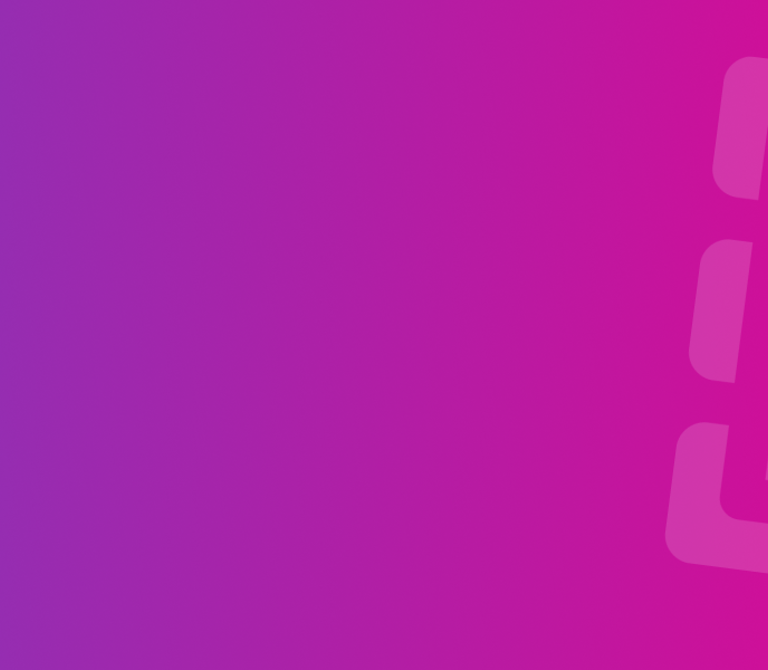As a kid, I was just curious – sometimes I'd break things and I'd get excited that I broke it because I got to see the inner workings and use problem solving to fix it. The adrenaline rush just really made me interested in becoming an inventor – there are no rules! If it works, it works.
I had a lot of trouble deciding what I wanted to do after school. I think what really drew me into engineering was the fact that I could include the sciences and maths, but I wouldn’t trade off any creativity. In engineering you get to bring as much of your creativity as you want.
I applied for the Dyson Institute and got a place, and then I studied electromechanical engineering. Now that I've graduated from the Dyson Institute, I work in engineering in haircare. My team is responsible for redesigning and innovating a new hairdryer called Supersonic, which hadn't been redesigned for over 100 years. We looked at it, redesigned it, and made it better, and it took the industry by storm. I think the exciting thing about innovating is that you look at something and make it better, whereas inventing is coming up with an idea that's completely new. At Dyson, I’m fortunate enough to do both.
Explore more case studies on Neon
We have even more inspiring case studies of real people doing real jobs in engineering and technology. We host a selection of them here on EUK Education and the whole collection on Neon. Engineers work in a wider range of sectors including beauty, healthcare, food, music, sport and entertainment and more! Hear from engineering and tech professionals working in these areas and more.

